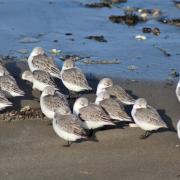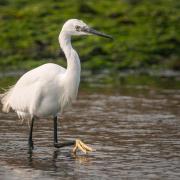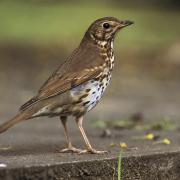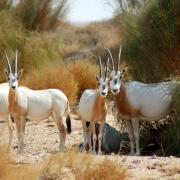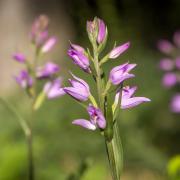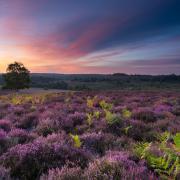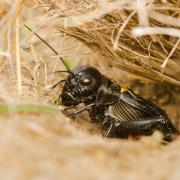Often associated with the grisly side of life, ravens have had a bad press, says Tiffany Francis. They are highly intelligent and sociable birds who have survived persecution and are making a comeback in our countryside
According to French anthropologist Claude Lévi-Strauss, the ghoulish reputation of the raven (Corvus corax) comes from its role as a carrion bird, feasting on the carcasses of other animals and acting as mediator between life and death. With its dark plumage, croaking call and tendency to hang around dead bodies, it’s no wonder our largest corvid has gained a rather macabre name for itself.
Legend claims the Kingdom of England will crumble if the ravens ever leave the Tower of London, and when Charles II was asked by his Royal Astronomer to remove them, he instead moved the observatory to Greenwich to avoid sending England to her doom. Perhaps it was Edgar Allan Poe who best captured the bird’s ominous spirit in his poem The Raven, that ‘Ghastly grim and ancient Raven wandering from the Nightly shore… Quoth the Raven, “Nevermore”.
Despite its grisly infamy, however, the raven is one of the most remarkable members of the animal kingdom, often thought to have the same intelligence as a human child. They have been observed making toys for themselves to play with using sticks, pine cones and pebbles, and when a raven’s friend loses a fight, they will often console each other. They can remember birds they like after three years apart, and if a raven senses another bird trying to steal its food, it will pretend to hide it in one place while secretly placing it elsewhere.
In the wild they pair for life, and their haunting ‘kraa-kraa-kraa’ call can be heard far across the landscape. With a wingspan of 65cm, females will lay a clutch of four to six turquoise eggs, and an adult can reach the magnificent age of 17 years old in the wild.
Significantly larger than carrion crows, they are best distinguished by their large, rectangular bills, wedge-shaped tails, and the fact that they fly in pairs rather than flocks. Historically, the best place to find ravens has been the north and western areas of Britain, but they have recently been moving eastwards and can now be found throughout Hampshire and the New Forest.
Once persecuted by landowners who accused them of stealing lambs, their numbers were severely diminished, but they are now a protected species and making a steady recovery.
More…
• 8 great animal attractions on the Isle of Wight - From birds of prey to monkeys, the Isle of Wight is teeming with animal attractions, wildlife parks and zoos for lots of summer holiday fun. And don’t forget to look out for the red squirrels, says Viv Micklefield





